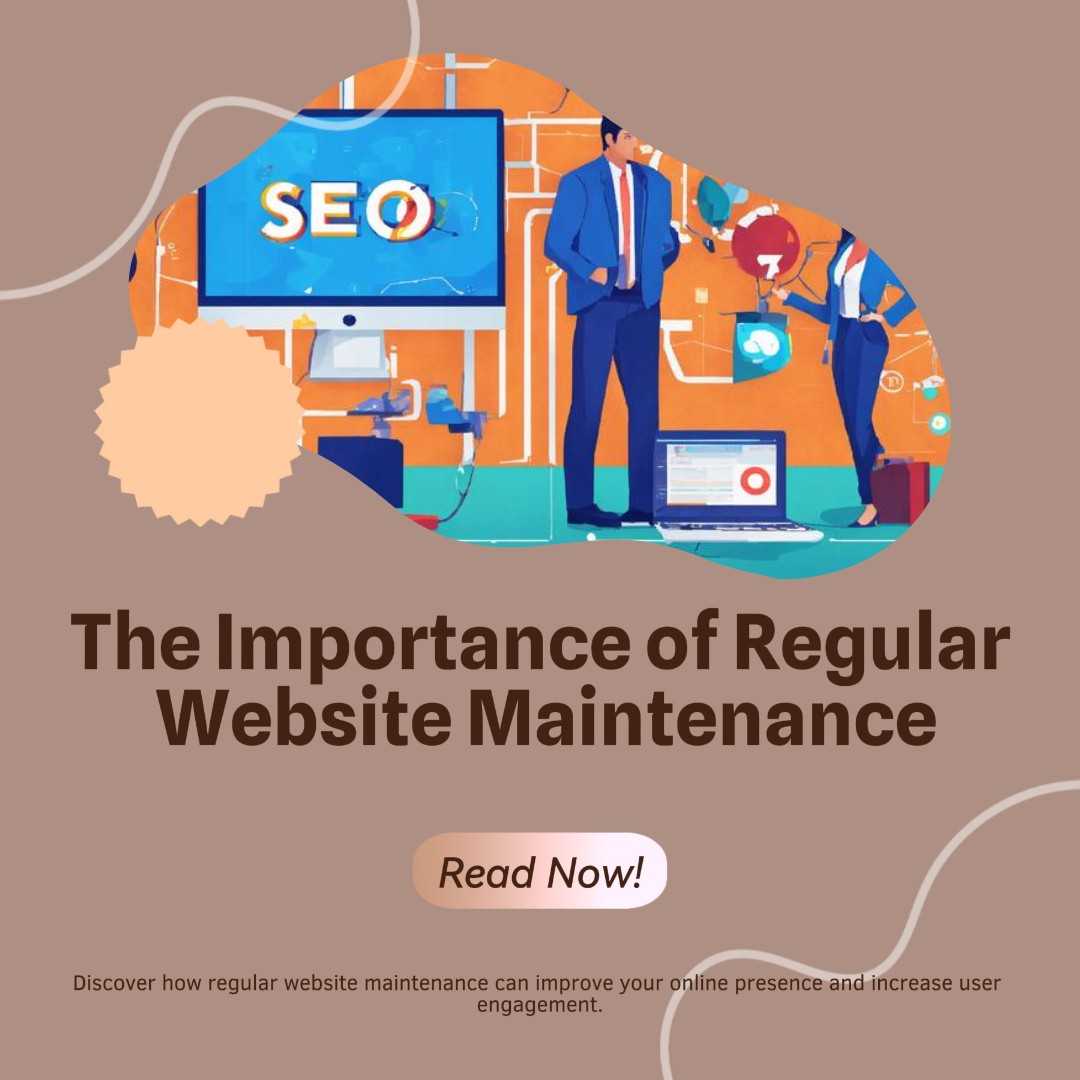In today’s world, the perception of your brand can be your website. How do you ensure this is an expression of who you are and not just a beautiful-looking website? A site that really expresses your brand identity will increase trust, interest, and the conversion of visitors into converted customers. And that is going to be, as one can probably guess, by seeing how you could make a website that is true to your brand identity, but at the same time also relates to your audience.
Table of Contents
- Introduction to Brand Identity
- Understanding Your Brand’s Core Values
- Researching Your Audience
- Picking the Right Website Style
- Picking the Right Colors and Fonts
- Creating a Consistent Brand Voice
- Designing for User Experience
- Integrating Your Logo and Visuals
- Mobile Optimization of Your Website
- Using SEO to Align with Your Brand
- Keeping Your Website Updated
- Conclusion
- FAQs
1. Introduction to Brand Identity
What is brand identity? In other words, your brand identity is the visual and emotional presentation of your business. What will differentiate you from the competition, and tell your story in a way that speaks to your audience? Whether big and established or small and just getting started, the perfect reflection of that identity comes in the form of an excellent website. But how do you translate your brand into a digital format?
Compare it to stepping into a coffee shop. Does it match the branding vibe? Is it cozy or corporate? Your website has to give that kind of experience for people coming in.
2. Understanding Your Brand’s Core Values
But it also assumes you understand deeply what your brand represents—what the core values of your brand are. Maybe it’s sustainability, innovation, or even luxury. Those are what define every decision you’d make in terms of the looks and feel of the website and its content as well as its usability.
Select three of the most significant values in your brand and ensure that they are communicated through your website. If one of the core values happens to be sustainability, then draw minimalism and earth-friendly vibes from this, possibly through earthy colors or environmental schemes on your website.
3. Researching Your Audience
Not about you, but about your readers. To build a truly meaningful site, you need to understand who your audience is. What are their needs and preferences? What are things that will be painful or annoying for them? Moreover, surveys and gathering any feedback, as well as studying your competition, give insights.
Knowing whom your audience is will help you shape your website to speak directly to that audience. For instance, if your brand is targeting millennials, then your website needs to be pretty and nice in terms of offering a seamless user experience and also to work well on a mobile device.
4. Picking the Right Website Style
There are so many web styles—they can be minimal and sleek, or bold and very creative. What’s important is that you should pick a style you think fits best with your brand character. A simple design would work better for a tech startup, while an ornate design would be better suited to a luxury fashion brand.
Consider what you want visitors to feel when they arrive at your site. Do you want to convey professionalism, playfulness, or something in between? A clean, streamlined design is likely to feel businesslike, while a brighter, more dynamic layout might feel more creative or fun.
5. Picking the Right Colors and Fonts
Colors and fonts form your brand identity. Color is described as the voice of your brand—it speaks before your words do. Colors carry meaning—blue means trust, red gives the feeling of passion, and green can signify growth or friendliness towards the environment.
Pick a color scheme that symbolizes your brand and use it consistently throughout your website. The same applies to your fonts. For example, you can use a modern, clean font for a technology-based brand or an elegant, serif font for a luxury brand.
6. Creating a Consistent Brand Voice
A brand’s voice is how it speaks. So it should be consistent across all interfaces, whether a website or any other medium. Whether your tone is formal, conversational, or somewhere in between, it should resonate through your copy.
Brand voice is actually a personality, which you have to establish and ensure its presence is felt in everything, from product descriptions to blog posts. Consistency of tone builds familiarity with your audience and earns their trust.
7. Designing for User Experience
A nice website that is hard to navigate is like a nice house without doors—it leads to disappointment. That’s why user experience always comes first. Visitors should quickly find what they need, whether that’s contact information, products, or a blog.
Your web design should be user-friendly with clear structure and intuitive navigation—and ideally with fast loading times. Plan a journey for your user that is smooth and enjoyable.
8. Integrating Your Logo and Visuals
Your logo should represent your brand and appear on each page of your website, ideally in the header section. Use high-quality images that reflect your brand.
If you sell products, use high-resolution images of the products. For services, use images of professionals or even illustrations to develop your identity and style. Sometimes, visuals speak louder than words and should be chosen wisely.
9. Mobile Optimization of Your Website
In today’s world, a mobile-friendly website is essential. More and more people access websites via mobile devices, and if your website isn’t optimized for mobile, you’re losing potential customers.
Ensure your website is responsive—adjusting well to any screen size. Buttons should be clickable, text readable, and images should load quickly. A mobile-friendly design is crucial for maintaining a professional and user-friendly brand presence.
10. Using SEO to Align with Your Brand
SEO helps your site rank higher in search results, making it easier for people to find your brand. Additionally, your brand identity can be reinforced through SEO.
Using keywords relevant to your brand values can drive the right kind of traffic to your site. For example, if your brand emphasizes eco-friendliness, ensure that such keywords are present in your website content, meta descriptions, and blog posts.
11. Keeping Your Website Updated
A website is not something you create once and forget about. It is a long-term investment that needs to be regularly refreshed to continue representing your brand accurately. Update your blog, add new content, and ensure that your website stays fresh and aligned with your brand identity.
Regular website audits should be conducted to check for dead links, outdated information, or design elements that no longer represent your brand. A stale website can give the impression that your brand is inactive or out of touch.
12. Conclusion
Building a website that depicts your brand identity is both an art and a science. It requires a deep understanding of what your brand means, who it is for, and what message you want to convey. This involves combining design, user experience, and content to create a digital space that feels like home and accurately represents your brand.
Remember, your website is often one of the first places people will visit to learn about your business. It’s crucial that it accurately reflects your brand identity—clear, authentic, and true to who you are.
13. FAQs
- What is the importance of brand identity in web design?
Brand identity is essential in web design because it ensures a unified message, breeds trust with your target audience, and helps you stand out from the crowd. - What are the colors and fonts of a brand identity?
Colors and fonts form an emotional connection while setting the tone for your brand. The right choices communicate your brand personality effectively on your website. - How do I make my website mobile-friendly?
To make your website mobile-friendly, ensure it is responsive. It should adjust to different screen sizes, and you should test it on various devices, prioritizing fast loading times. - Why is user experience (UX) so important in presenting brand identity?
Good UX ensures visitors have a positive experience on your site, making them feel confident and professional about your brand. - How often should I update my website?
You should update your website regularly, at least every couple of months. Updating content, visuals, and design keeps your brand fresh and engaging.
Relevant Links:
- Selecting the Appropriate CMS for Your Business Needs
- How New Technologies are Shaping the Future of Websites
- How to Use Customer Testimonials to Build Trust
- The Power of Social Proof: Why You Should Showcase Social Media on Your Website
- How Website Redesign Boosts Your Business – Ultimate Guide for Success






